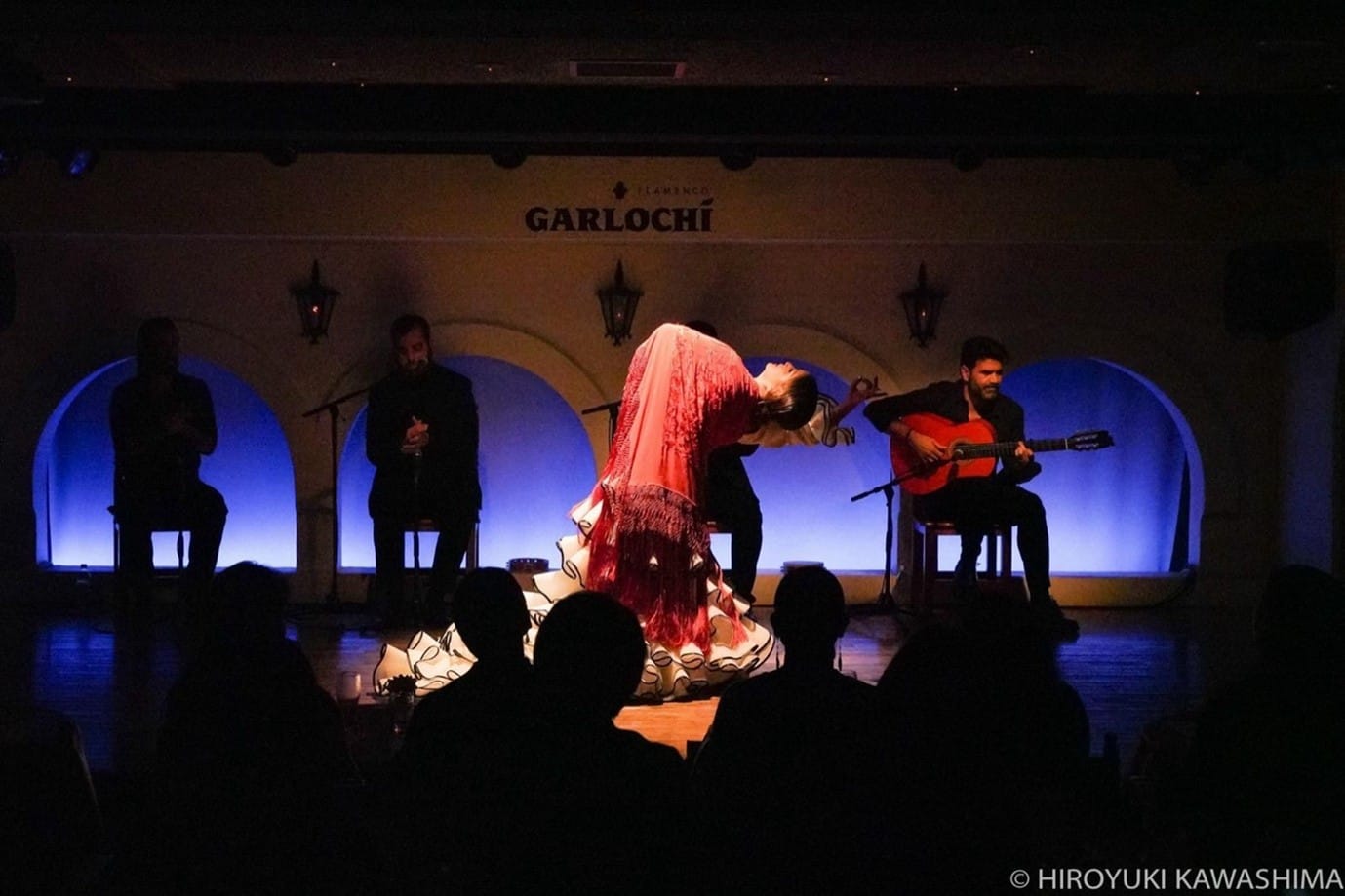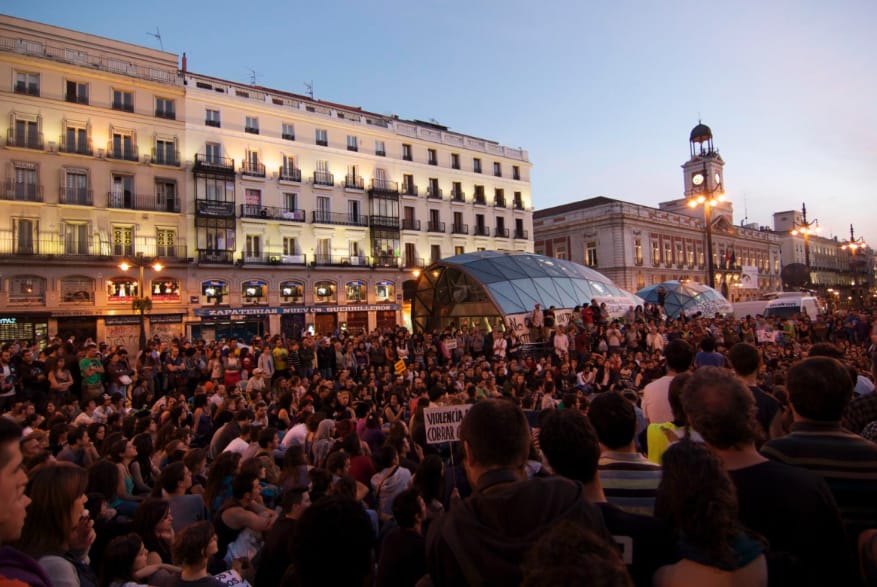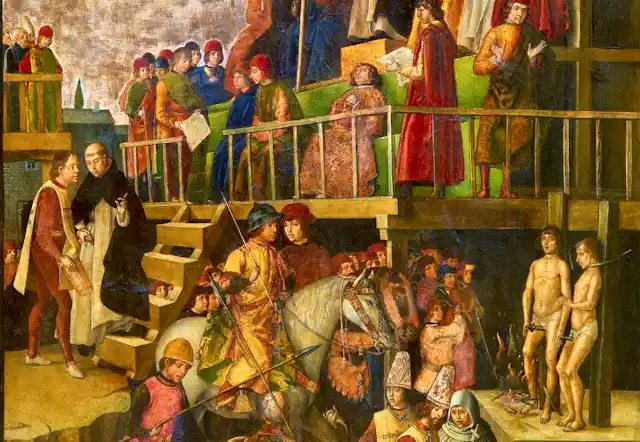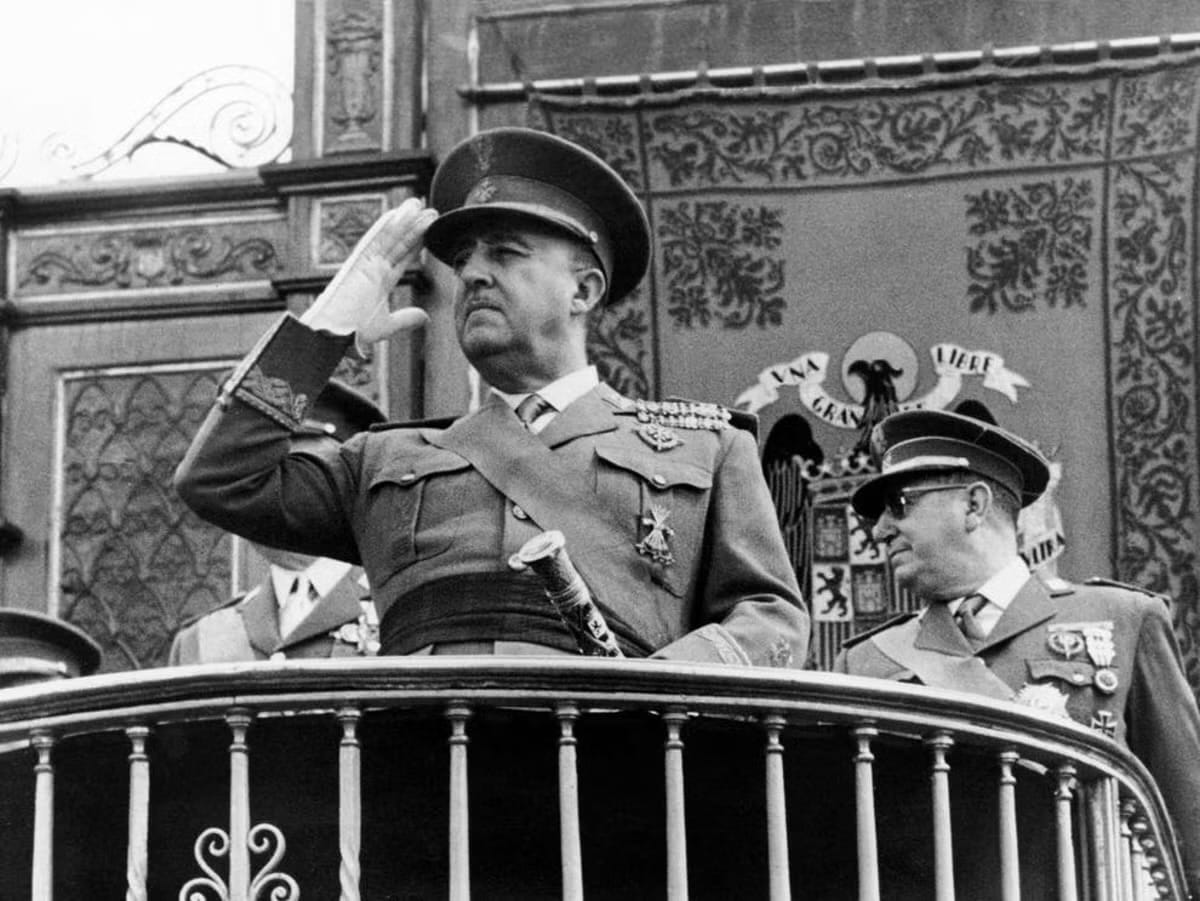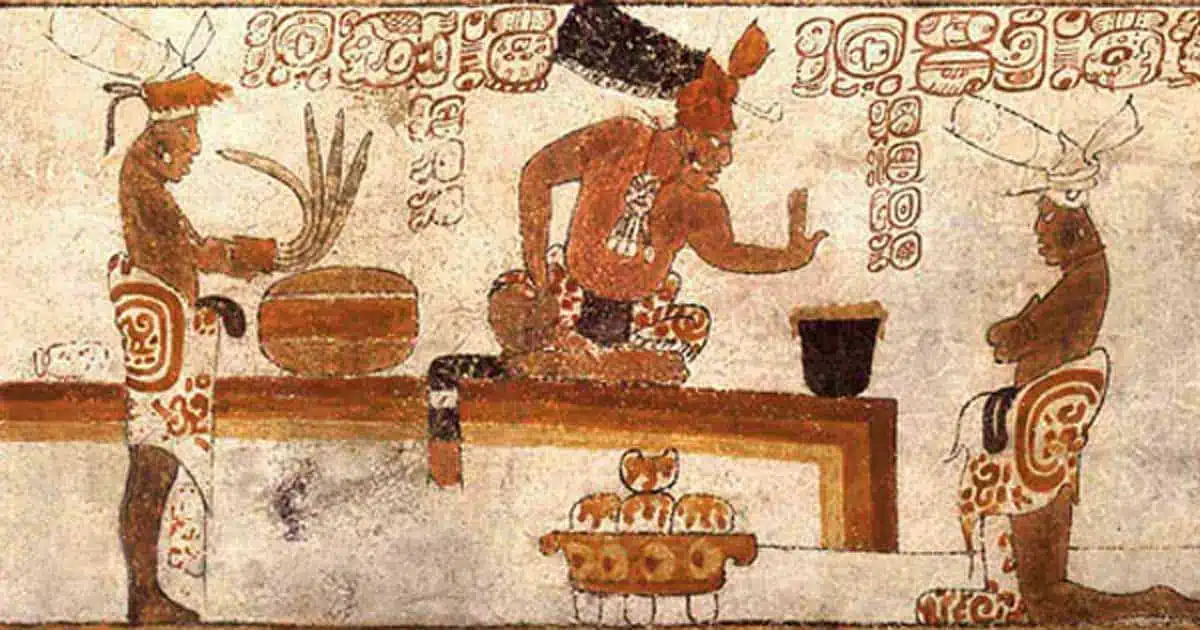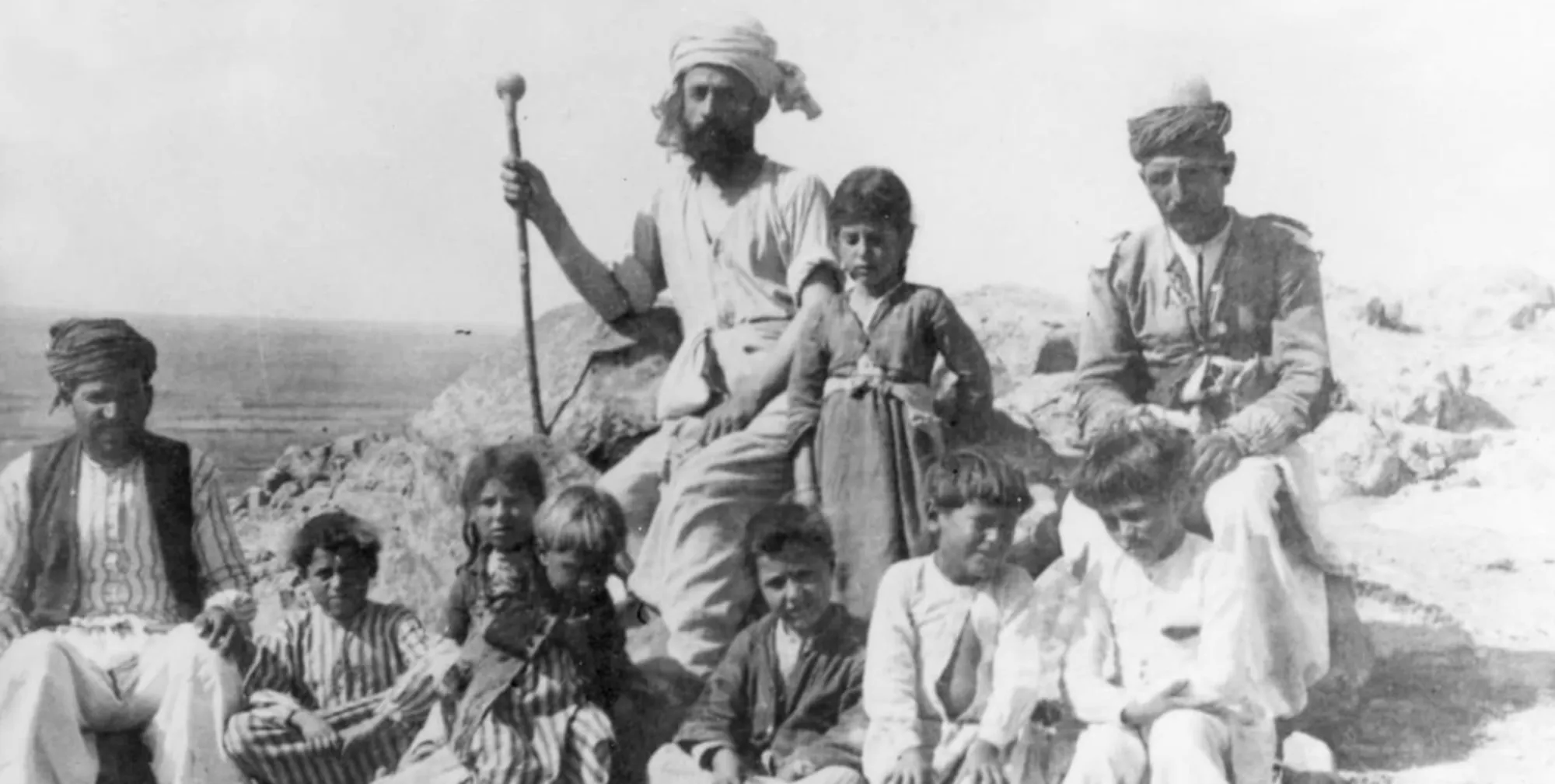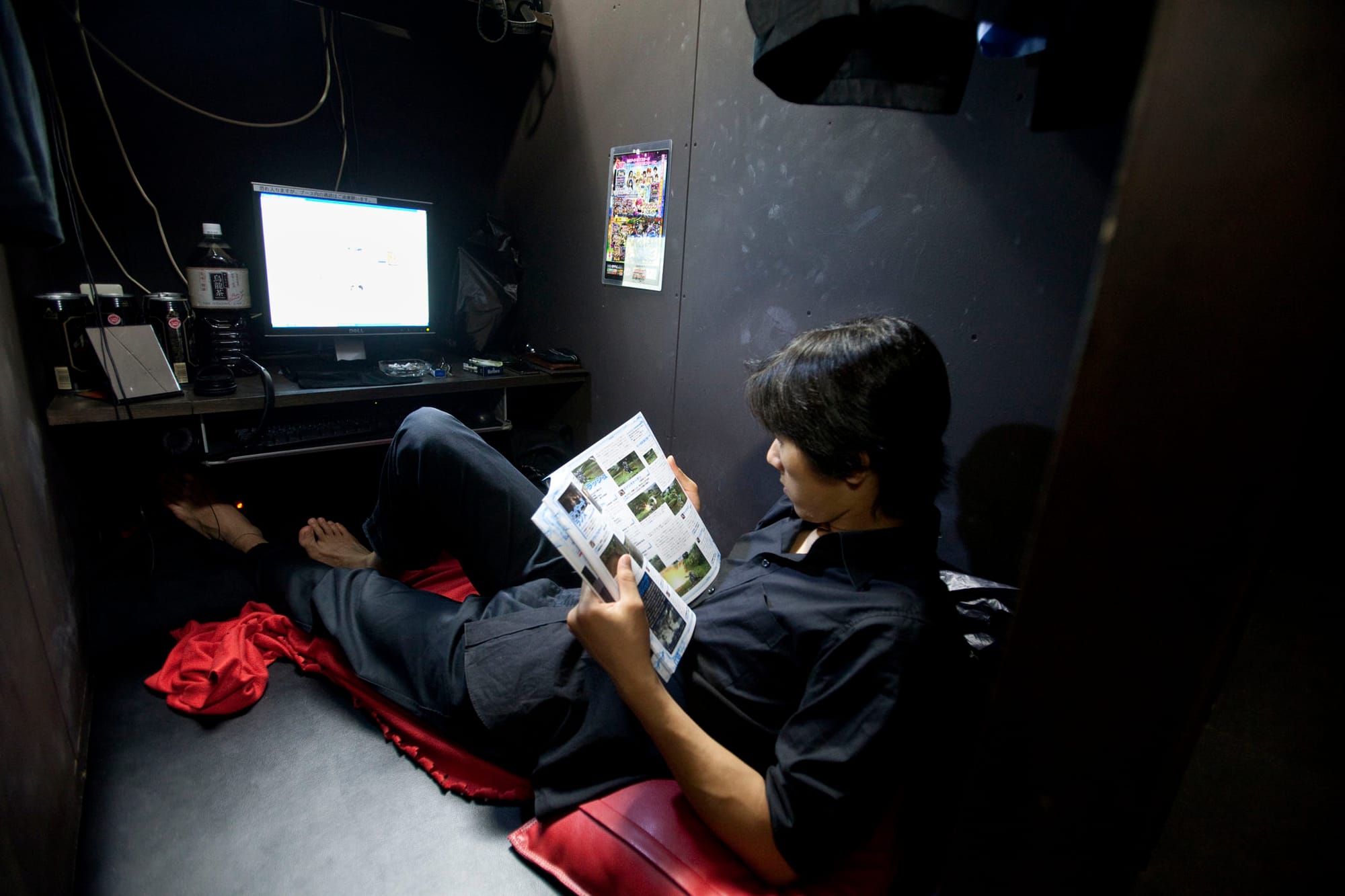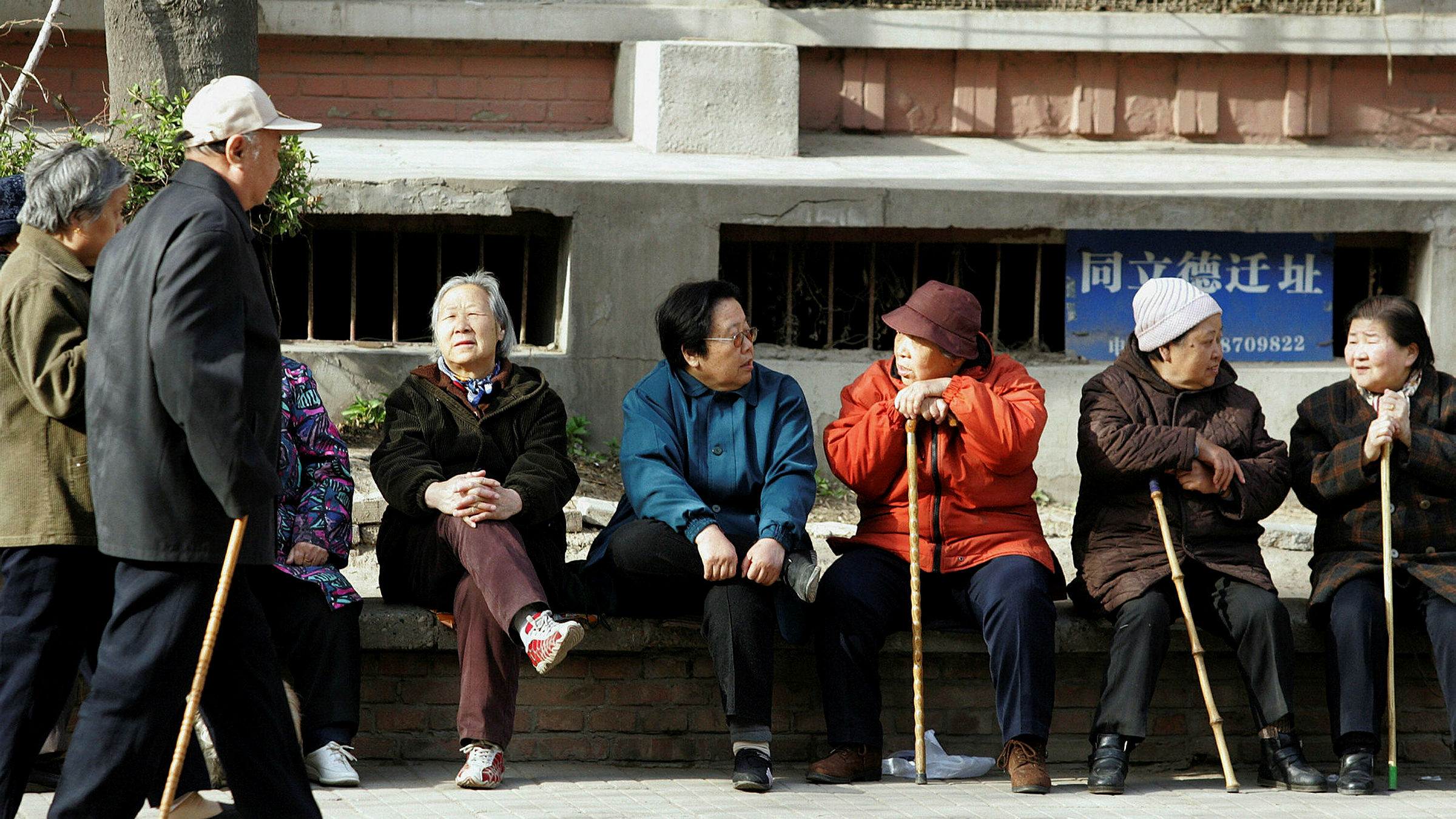Flamenco is a passionate, expressive art form that originated in Andalusia, Spain. It incorporates influences from Arabic, Jewish and Spanish traditions with intricate footwork, clapping, dramatic singing and storytelling to create an emotional masterpiece for both performers and viewers.
I had the rare and scintillating opportunity of spending a few hours with the extraordinarily talented Mariko Drayton, a flamenco dancer (bailaora) of over 30 years who has performed not only in Spain, but also across Asia, including Hong Kong, Japan, Singapore and China before setting up her own flamenco company in Hong Kong 10 years ago.
‘How has Flamenco impacted Spain?’
‘It has evolved in the modern day whilst sticking close to its origins and traditions. Its importance to Spain was highlighted during the Franco dictatorship. Whilst many regional and ethnic expressions and forms of entertainment were suppressed, the only two forms of entertainment allowed to continue were bullfighting and flamenco. Franco wanted flamenco to be a representation of Spain for other nations to admire and this shows just how influential it was.’
‘How has Flamenco expanded internationally?’
‘Despite the regime’s efforts to control flamenco, the art form endured and evolved as it branched out and expanded. Many artists continued to perform in more traditional styles, keeping its deeper cultural roots alive. However, as the art became even more recognised and popular in different countries, it gained new forms and styles.’
For example Japan, where Mariko is originally from ‘is the second most popular country in the world for flamenco. It was introduced in the 20th century and has since flourished, currently being ‘home to hundreds of flamenco academies. This global expansion has not only helped preserve and innovate flamenco but also caused it to become so well known and respected.’

‘Is Flamenco recognised and appreciated enough?’
‘Flamenco has played such a pivotal role in Spanish culture and identity that in 2010, UNESCO declared it as one of the Masterpieces of the Oral and Intangible Heritage of Humanity. This recognition underscores its importance as not solely a national treasure but also a universal form of expression. However, it is still not appreciated in some parts of Spain, especially in the North.’
‘What differentiates Flamenco from other dance styles?’
‘Flamenco is unique due to its intensity and rhythm, with the use of intricate zapateado (footwork). Unlike many forms of dance which are choreographed, Flamenco allows and encourages improvisation, responding to the singer or guitarist and I think this gives it raw, honest quality. Flamenco has 4 elements – singing, dancing, guitar, percussion and we all work together and respect each other.’
What inspired you to start Flamenco?
‘When I first started at Boston University I did a few jazz classes and my friend told me to join her flamenco class. I found it different and thought that the rhythm was not normal and the coordination was much harder than any type of dance I’d tried. I started by helping with the ticketing and stage production for my flamenco teacher so I saw shows every day. The emotions I felt from watching this inspired me to take on the challenge myself. I feel it is the most expressive form of dance.’
What was your most memorable performance?
‘There was one performance which was unbelievable. The emotions displayed were so moving and powerful and it was more emotional than any other show I’d seen. After the show, I went backstage to congratulate my colleagues and I saw that one of them was crying due to an argument with another colleague prior to the performance. The anger and frustration from this argument was channeled into the dance which felt ten times more real and it gave me goosebumps. This was the moment where I realised the extent to which flamenco and sentiment go hand in hand and work off each other.’

